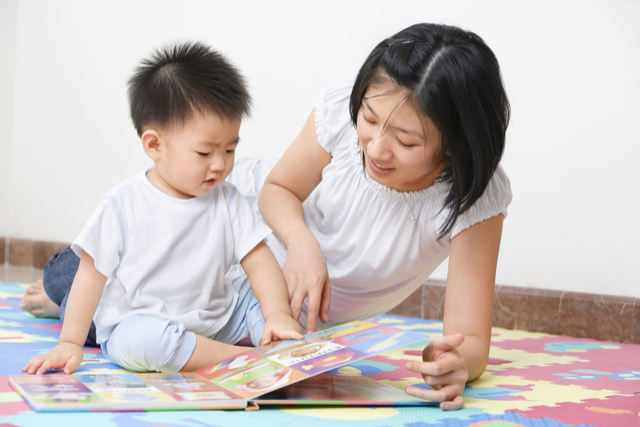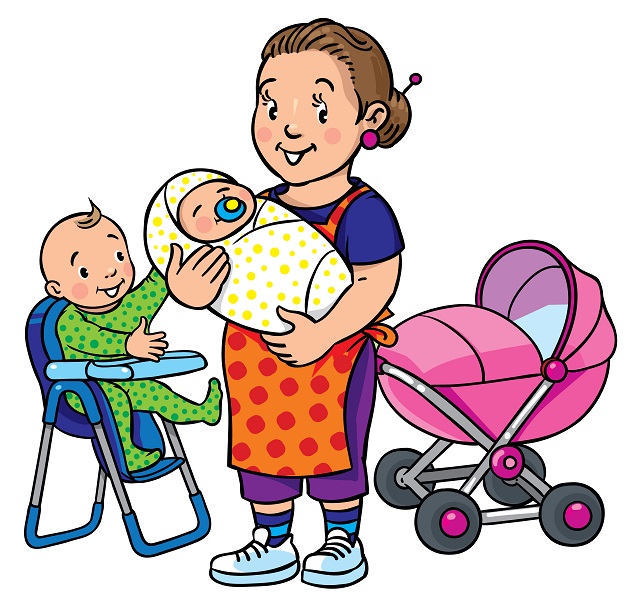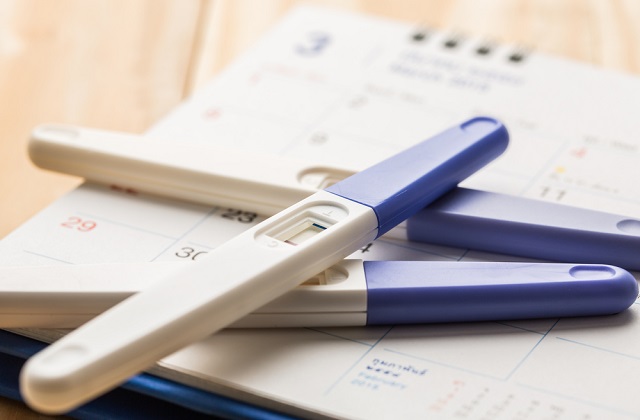Encouraging Language Development in Toddlers
Language development is one of the most exciting milestones in early childhood. Between the ages of 1 and 3, toddlers experience a language explosion—learning new words almost daily. As a parent, you play a vital role in helping your child develop strong communication skills that lay the foundation for success in school and beyond.
Typical Language Milestones
Every child develops at their own pace, but here are some general milestones:
- By 12 months: Babbling, saying simple words like “mama” or “dada”
- By 18 months: Vocabulary of about 10–20 words; understands simple instructions
- By 24 months: Combines two words; vocabulary of 50+ words
- By 36 months: Speaks in short sentences; strangers can understand about 75% of what they say
How to Support Your Toddler’s Language Growth
1. Talk to Your Child Often
Engage your child in conversation throughout the day, even if they can't reply in full sentences yet. Describe what you’re doing, label objects, and ask open-ended questions like “What do you see?”
2. Read Together Daily
Reading is one of the best ways to build vocabulary. Choose picture books, nursery rhymes, and interactive stories. Point to pictures and name them, encourage your child to repeat or finish sentences, and discuss what’s happening in the story.
3. Sing Songs and Recite Rhymes
Nursery rhymes and songs like “Twinkle Twinkle Little Star” introduce rhythm and repetitive language, which helps toddlers remember and learn new words.
4. Expand on What They Say
If your toddler says “ball,” you can expand by saying, “Yes, that’s a big red ball.” This shows them how to build more complex sentences naturally.
5. Limit Screen Time
While educational videos can be beneficial in moderation, real-life interaction is far more effective. Aim for screen-free play and conversations to boost social and language skills.
6. Use Everyday Moments as Learning Opportunities
Daily activities like grocery shopping, mealtime, and bath time can be rich in language learning. Name items, ask questions, and describe actions. For example: “We’re washing your toes—look at the bubbles!”
7. Respond and Imitate
When your child babbles or talks, respond enthusiastically. Imitating their sounds and gestures encourages two-way communication, even before full words are spoken.
When to Be Concerned
Children develop at different speeds, but consider seeking professional advice if:
- No babbling by 12 months
- No words by 18 months
- Difficulty understanding simple commands by 24 months
- Very limited speech or unclear words by age 3
A speech-language therapist can provide an assessment and guide you with supportive strategies.
Conclusion
Encouraging language development is about connection, not correction. Be patient, celebrate small milestones, and turn everyday moments into learning adventures. Your support and attention are the most powerful tools in helping your toddler become a confident communicator.
It takes a village to raise a child !
Join our WhatsApp Groups or Facebook Group to interact with parents about infant care/child care in Singapore..









